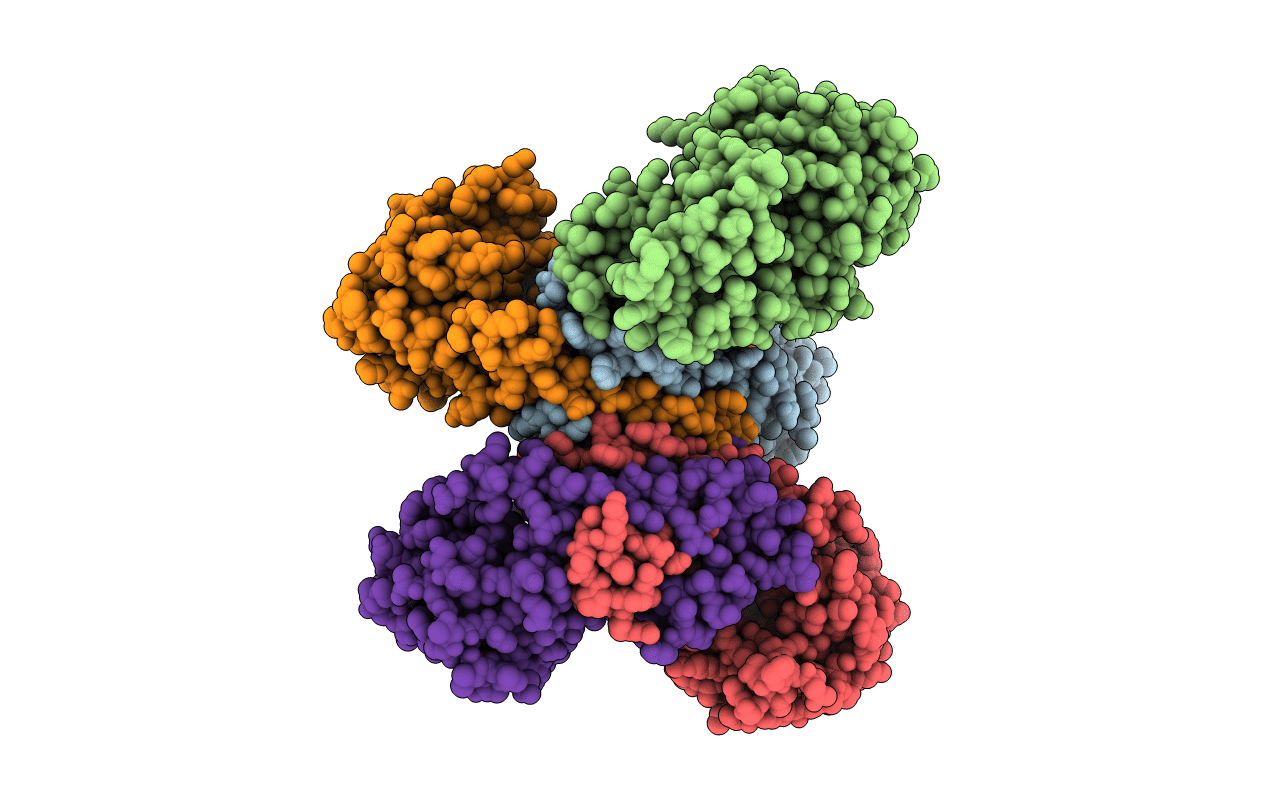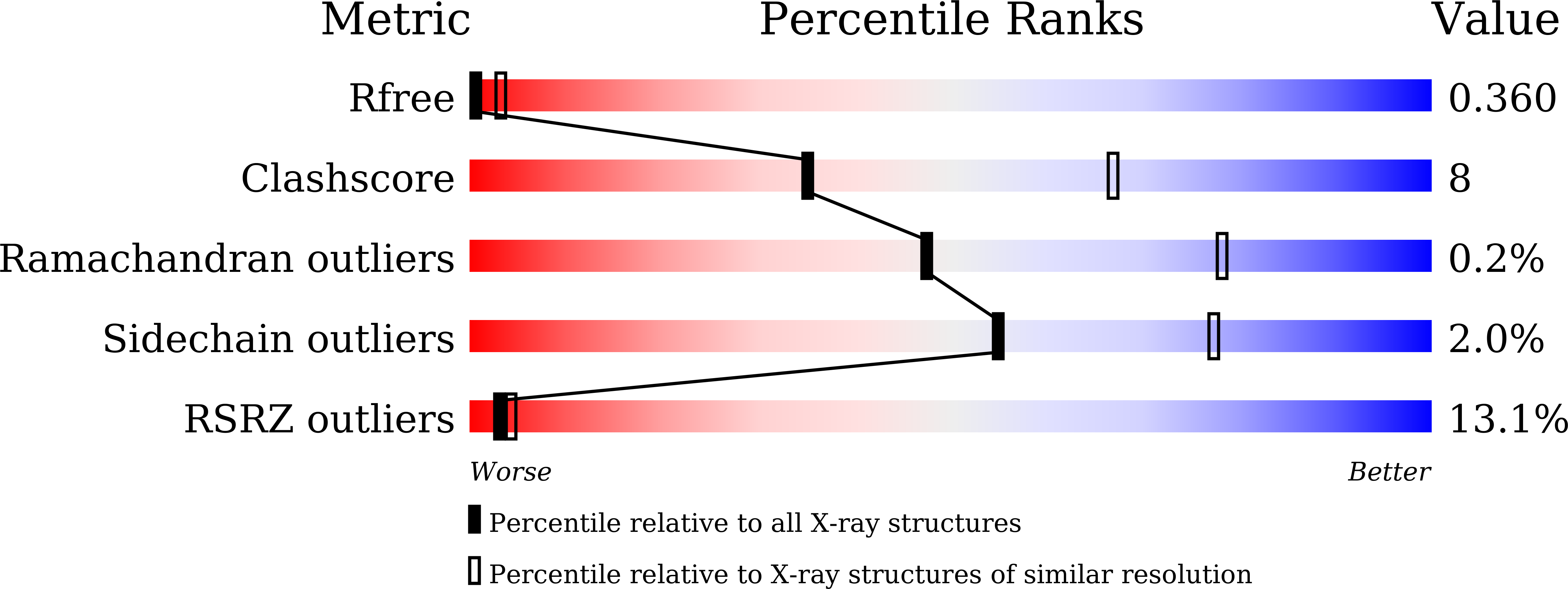
Deposition Date
2019-12-09
Release Date
2020-10-28
Last Version Date
2023-11-22
Method Details:
Experimental Method:
Resolution:
3.40 Å
R-Value Free:
0.36
R-Value Work:
0.32
R-Value Observed:
0.33
Space Group:
P 21 2 21


